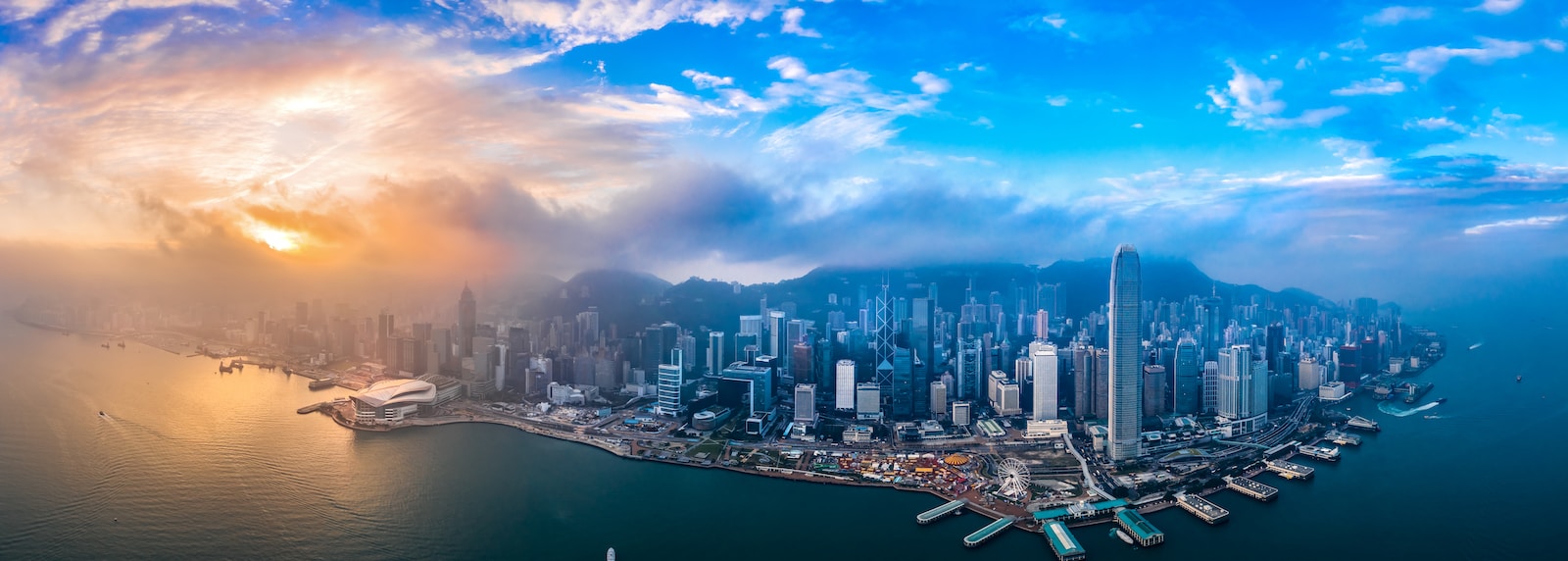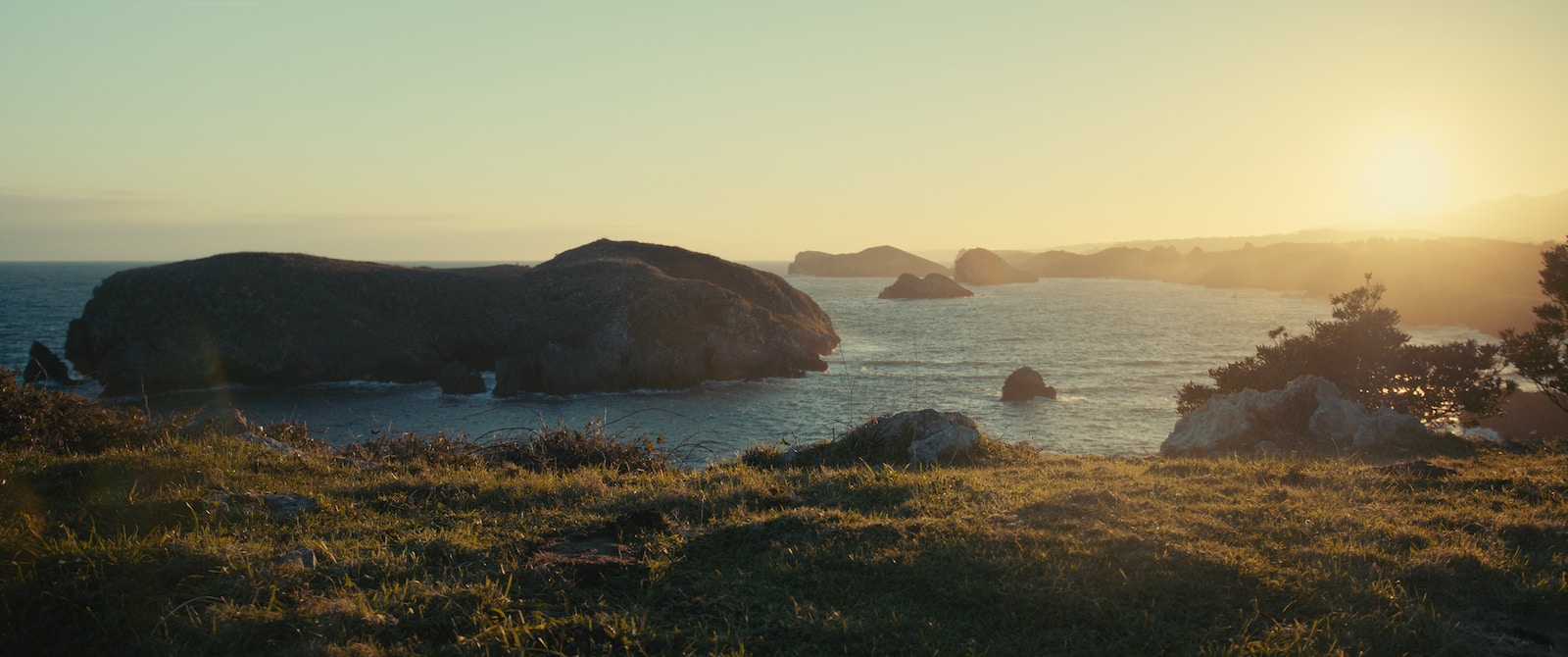Welcome to our intriguing historical journey tracing the evolution of panoramic film cameras and how they’ve impacted the world of photography. From the early days of camera history to the present, we’ll explore the fascinating story behind these exceptional devices and the revolutionary changes they brought to capturing breathtaking panoramic images. Join us as we delve into the intricacies and innovations of panoramic film cameras and discover their lasting influence on the art of photography.
Table of Contents
- A Brief Overview of Camera History
- The Birth and Development of Panoramic Cameras
- Advancements in Panoramic Camera Technology
- Impact on Photography and Beyond
- Digital Panoramic Cameras and Virtual Reality
- The Enduring Appeal of Panoramic Film Cameras
- Revolutionizing Landscape Photography
- Architectural Photography and Cityscapes
- Advertising and Commercial Applications
- The Artistic Expression in Panoramic Shots
- Panoramic Photography in the Digital Age
- Preserving the Craft
- A Relevant Case Study in the Evolution of Panoramic Film Cameras
- Frequently Asked Questions
- 1. What is the history behind panoramic film cameras?
- 2. How have panoramic film cameras evolved over time?
- 3. What impact have panoramic film cameras had on the world of photography?
- 4. What are some popular panoramic film cameras used by professionals?
- 5. Can I still use panoramic film cameras in the digital age?
- 6. Are there any famous panoramic photographs that have made an impact?
- Wrap Up
A Brief Overview of Camera History
Before we dive into the evolution of panoramic film cameras, let’s take a step back and explore the roots of photography itself. From the first camera obscura to the advent of the daguerreotype and the subsequent emergence of early film cameras, the history of photography is a tapestry of innovation and creativity.
The Birth and Development of Panoramic Cameras
It was during the late 19th century that photographers began to experiment with capturing wider views, leading to the birth of panoramic photography. Early panoramic cameras, such as the Cirkut and the Noblex, utilized various mechanisms to capture wide-angle shots that encompassed an impressive field of view, immersing viewers in stunning panoramic landscapes.
Advancements in Panoramic Camera Technology
As technology advanced, so did the capabilities of panoramic film cameras. The introduction of mechanical advancements, such as rotating lenses and swing-lens mechanisms, allowed photographers to capture wider and more detailed panoramic images with ease. These innovations revolutionized the way photographers approached landscape photography and opened up new creative possibilities.
Impact on Photography and Beyond
The evolution of panoramic film cameras had a significant impact on the world of photography. The ability to capture breathtaking, wide-angle scenes not only pushed the boundaries of artistic expression but also allowed for more immersive storytelling. Panoramic images became popular in various fields, from architecture and tourism to advertising and entertainment, showcasing the versatility and creative potential of this specialized photographic technique.
Digital Panoramic Cameras and Virtual Reality
In the digital age, panoramic photography has evolved further with the emergence of digital panoramic cameras and advancements in virtual reality (VR) technology. Digital panoramic cameras offer greater precision and control over image stitching, allowing photographers to seamlessly blend multiple shots into a single panoramic image. Additionally, VR technology has opened up new avenues for experiencing panoramic photography, immersing viewers in 360-degree virtual worlds.
The Enduring Appeal of Panoramic Film Cameras
Despite the rapid advancements in digital photography, there is still a fascination and appeal for traditional panoramic film cameras. The unique qualities and aesthetic of film, along with the meticulous process of shooting and developing panoramic images, continue to attract photographers seeking a distinct and timeless look.
Interesting Fact: The largest panoramic photograph ever taken was a 1,500-meter-long image of Dubai's skyline, capturing incredible detail and showcasing the true potential of panoramic photography.
Revolutionizing Landscape Photography
In the realm of landscape photography, panoramic film cameras have played a vital role in capturing the vastness and beauty of nature. By providing a wider field of view, these cameras allow photographers to convey the grandeur and scale of landscapes, creating powerful and awe-inspiring visual narratives.
Architectural Photography and Cityscapes
Panoramic film cameras have also made a significant impact in architectural photography, enabling photographers to capture entire buildings and urban scenes without distortions. The ability to showcase the intricate details and expansive cityscapes has made panoramic photography an essential tool in architectural documentation and visual storytelling.
Advertising and Commercial Applications
The impact of panoramic film cameras extends beyond the realm of art and creative expression. In advertising and commercial photography, panoramic images help businesses present their products, venues, or destinations in a more captivating and immersive way, enticing customers to explore further and enhancing brand recognition and engagement.
The Artistic Expression in Panoramic Shots
With their immersive and all-encompassing nature, panoramic film cameras offer photographers a unique canvas for artistic expression. Whether capturing sweeping landscapes, urban panoramas, or abstract compositions, panoramic photography allows artists to push the boundaries of traditional composition and experiment with perspective, scale, and visual storytelling.
Panoramic Photography in the Digital Age
While digital technology has revolutionized the way we capture and share images, the legacy of panoramic film cameras continues to inspire and influence contemporary photography. Many digital cameras offer panoramic modes, attempting to replicate the unique aesthetic and storytelling capabilities of traditional panoramic film cameras.
Preserving the Craft
Despite the growing popularity of digital photography, a dedicated community of photographers and collectors still cherish and preserve the art of panoramic film photography. From vintage panorama cameras to individual darkroom techniques, these enthusiasts ensure that the heritage and techniques of panoramic film photography remain a vibrant part of our visual culture for generations to come.

From its humble beginnings in the 19th century to its continued influence and relevance in the digital age, the evolution of panoramic film cameras has left an indelible mark on the world of photography. As we celebrate the rich history and artistic potential of panoramic photography, we also look forward to the future, where advancements in technology will continue to expand the possibilities and reshape the way we capture and experience panoramic images.
A Relevant Case Study in the Evolution of Panoramic Film Cameras
One of the most influential developments in the history of panoramic film cameras occurred in the early 19th century, with the invention of the Daguerreotype. This revolutionary photographic process was created by Louis Jacques Mandé Daguerre and introduced to the public in 1839.
At the time, photography was a relatively new and evolving medium, with film cameras being cumbersome and not designed for capturing wide-angle views. However, the Daguerreotype changed all of that with its ability to produce high-quality, detailed images.
Photographers saw the potential of this new technology and began experimenting with panoramic photography. Capturing vast landscapes and sweeping vistas became easier, and the results were stunning.
One notable photographer of the time who embraced the Daguerreotype and its panoramic capabilities was George N. Barnard. Barnard was known for his Civil War photography and his ability to capture the scale and impact of the conflict through panoramic images.
Using a modified Daguerreotype camera, Barnard was able to document significant battles and landscapes, providing a unique and immersive perspective of the war. His photographs not only showcased the reality of the battlefield but also conveyed the emotions and experiences of the soldiers.
The challenges Barnard faced while using the panoramic film camera were not to be taken lightly. The large size and weight of the camera made it difficult to transport and set up in the field. Additionally, the limited exposure time necessitated careful planning and timing to capture the right moment.
Despite these challenges, the impact of Barnard’s panoramic photographs cannot be overstated. His work not only documented history but also influenced the way people viewed and understood the world. The ability to capture wide-angle views on film brought a new dimension to photography, enabling photographers to tell stories and convey emotions in ways that were previously unimaginable.
Today, panoramic film cameras have evolved significantly from the early days of the Daguerreotype. Technological advancements have made these cameras more compact, portable, and user-friendly. Additionally, digital panoramic cameras have emerged, allowing photographers to capture stunning wide-angle images with ease.
The evolution of panoramic film cameras continues to shape the world of photography. From its humble beginnings with the Daguerreotype to the modern digital counterparts, panoramic cameras have revolutionized the way we capture and experience the world around us.
Frequently Asked Questions
1. What is the history behind panoramic film cameras?
Panoramic film cameras have a rich history, dating back to the early 19th century. They were first introduced as a way to capture wide-angle views and landscapes with a single photograph. The concept of panoramic photography has continued to evolve over the years, with advancements in technology shaping the way we capture and experience these stunning images.
2. How have panoramic film cameras evolved over time?
Over the years, panoramic film cameras have undergone significant improvements and innovations. From early designs that required the use of multiple exposures and specialized equipment, to the introduction of dedicated panoramic cameras, technology has made capturing wide-angle views more accessible and efficient. Today, we can even capture breathtaking panoramic images with our smartphones.
3. What impact have panoramic film cameras had on the world of photography?
Panoramic film cameras have had a profound impact on the world of photography. They have opened up new possibilities for capturing landscapes, architecture, and even group photos in a more immersive and visually stunning way. Panoramic photography has also influenced the way we view and experience images, allowing us to appreciate the full breadth and grandeur of a scene.
4. What are some popular panoramic film cameras used by professionals?
There are several popular panoramic film cameras that professionals often use to capture breathtaking wide-angle images. Some notable examples include the Noblex Pro 150 U, the Linhof Technorama 617s III, and the Hasselblad XPan. These cameras are known for their precision, image quality, and ability to capture expansive landscapes with exceptional detail.
5. Can I still use panoramic film cameras in the digital age?
Absolutely! While digital photography has become the norm, there is still a dedicated community of photographers who appreciate the unique characteristics and challenges of using panoramic film cameras. These cameras provide a hands-on, artistic approach to capturing wide-angle images that many enthusiasts and professionals continue to embrace.
6. Are there any famous panoramic photographs that have made an impact?
Yes, there have been numerous iconic panoramic photographs that have made a lasting impact. One of the most famous examples is the “Earthrise” photograph captured by Apollo 8 astronaut William Anders in 1968. This breathtaking image, showing the Earth rising above the lunar surface, has become an iconic representation of our planet and its fragility.
Wrap Up
In conclusion, the evolution of panoramic film cameras has left an indelible mark on the world of photography. From the early days of the camera obscura to the modern advancements in panoramic photography, these cameras have allowed us to capture breathtaking landscapes and create immersive experiences. Through the years, photographers and enthusiasts have embraced this technology, pushing the boundaries of creativity and storytelling. We’ve witnessed the transformation from bulky and cumbersome equipment to compact and versatile cameras, making panoramic photography more accessible than ever. It’s fascinating to see how this evolution has enriched the art of photography and expanded our visual storytelling capabilities. What’s your favorite panoramic photograph that has inspired you? Share your thoughts and experiences in the comments below!

